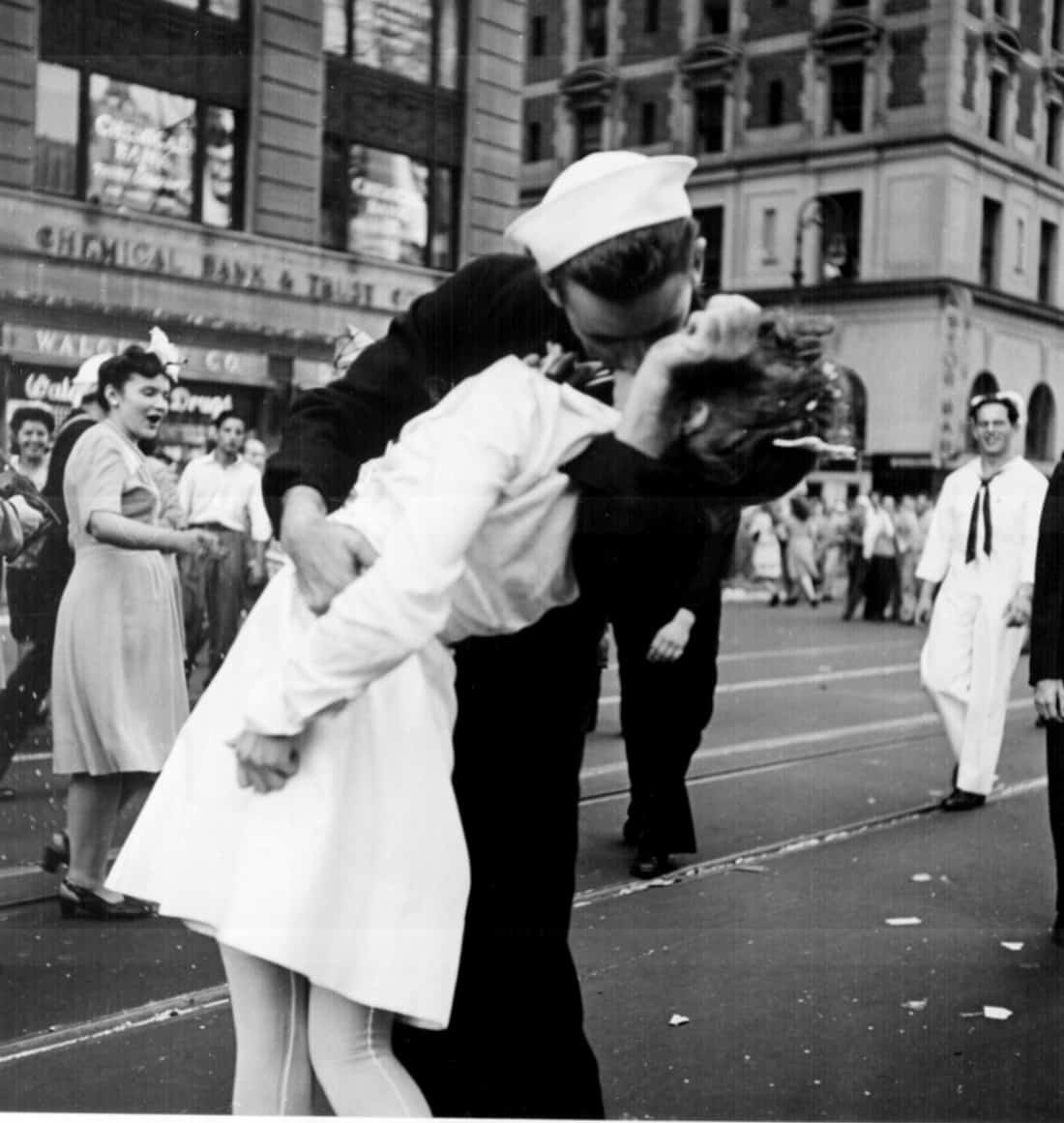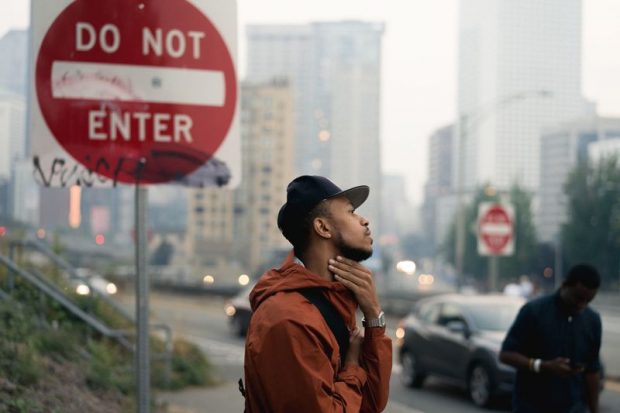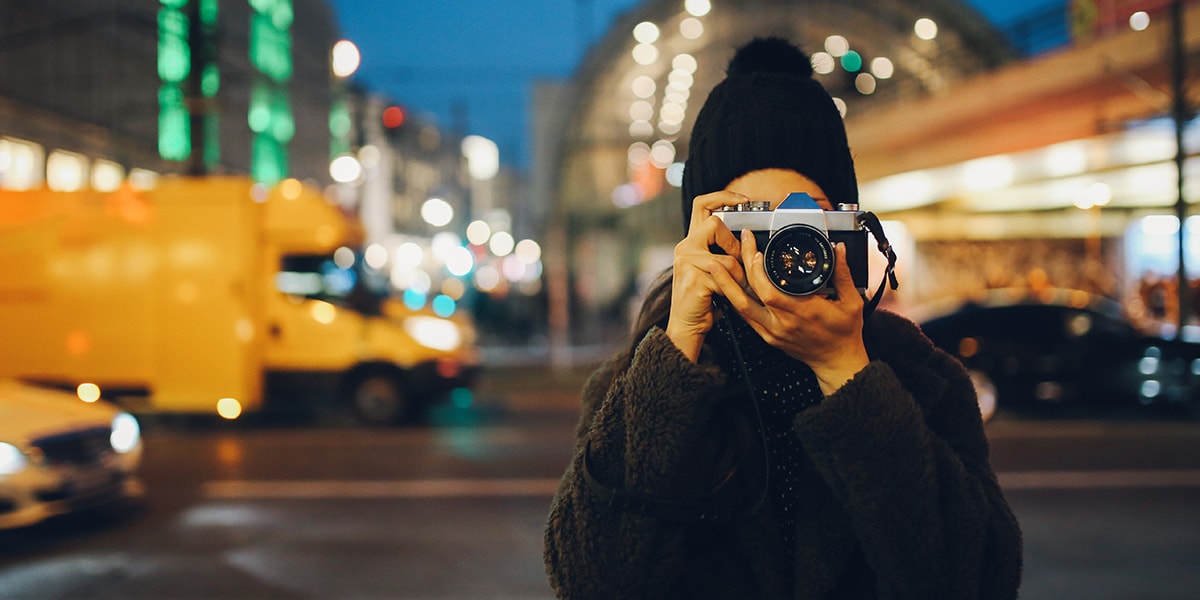Some Known Questions About Framing Streets.
3 Simple Techniques For Framing Streets
Table of ContentsNot known Incorrect Statements About Framing Streets What Does Framing Streets Mean?Framing Streets - QuestionsExamine This Report on Framing StreetsRumored Buzz on Framing StreetsMore About Framing Streets
, usually with the goal of capturing pictures at a definitive or touching moment by careful framework and timing. https://www.avitop.com/cs/members/framingstreets1.aspx.
His boots and legs were well defined, but he is without body or head, since these were in activity." Charles Ngre, waterseller Charles Ngre. https://celeste-canna-h2w00s.mystrikingly.com/blog/framing-streets-capturing-life-s-essence-through-street-photography was the very first professional photographer to achieve the technological refinement required to sign up people in activity on the road in Paris in 1851. Photographer John Thomson, a Scotsman dealing with journalist and social activist Adolphe Smith, published Road Life in London in twelve regular monthly installations starting in February 1877
Framing Streets Things To Know Before You Buy
Eugene Atget is considered a progenitor, not since he was the first of his kind, yet as a result of the popularisation in the late 1920s of his record of Parisian roads by Berenice Abbott, who was inspired to take on a comparable documents of New york city City. [] As the city created, Atget helped to promote Parisian streets as a worthy subject for photography.

Getting My Framing Streets To Work
Martin is the very first recorded photographer to do so in London with a masked electronic camera. Mass-Observation was a social research study organisation founded in 1937 which intended to tape-record day-to-day life in Britain and to tape-record the responses of the 'man-in-the-street' to King Edward VIII's abdication in 1936 to marry separation Wallis Simpson, and the succession of George VI. Between 1946 and 1957 Le Groupe des XV every year exhibited work of this kind. Andre Kertesz. Circus, Budapest, 19 May 1920 Road digital photography formed the significant content of two exhibits at the Museum of Modern Art (Mo, MA) in New York curated by Edward Steichen, Five French Digital Photographers: Brassai; Cartier-Bresson, Doisneau, Ronis, Izis in 1951 to 1952, and Post-war European Photography in 1953, which exported the idea of road digital photography internationally.

The 10-Second Trick For Framing Streets
The recording machine was 'a surprise cam', a 35 mm Contax concealed below his layer, that was 'strapped to the breast and attached to a long cord strung down the ideal sleeve'. Nonetheless, his work had little modern effect as because of Evans' level of sensitivities concerning the originality of his project and the privacy of his subjects, it was not published up until 1966, in guide Numerous website link Are Called, with an intro composed by James Agee in 1940.
Helen Levitt, then an educator of young youngsters, linked with Evans in 193839. She documented the transitory chalk illustrations - Lightroom presets that belonged to children's street society in New York at the time, in addition to the children who made them. In July 1939, Mo, MA's brand-new photography area included Levitt's job in its inaugural eventRobert Frank's 1958 book,, was considerable; raw and frequently out of emphasis, Frank's pictures questioned traditional digital photography of the time, "challenged all the official rules laid down by Henri Cartier-Bresson and Walker Evans" and "contradicted the wholesome pictorialism and sincere photojournalism of American magazines like LIFE and Time".